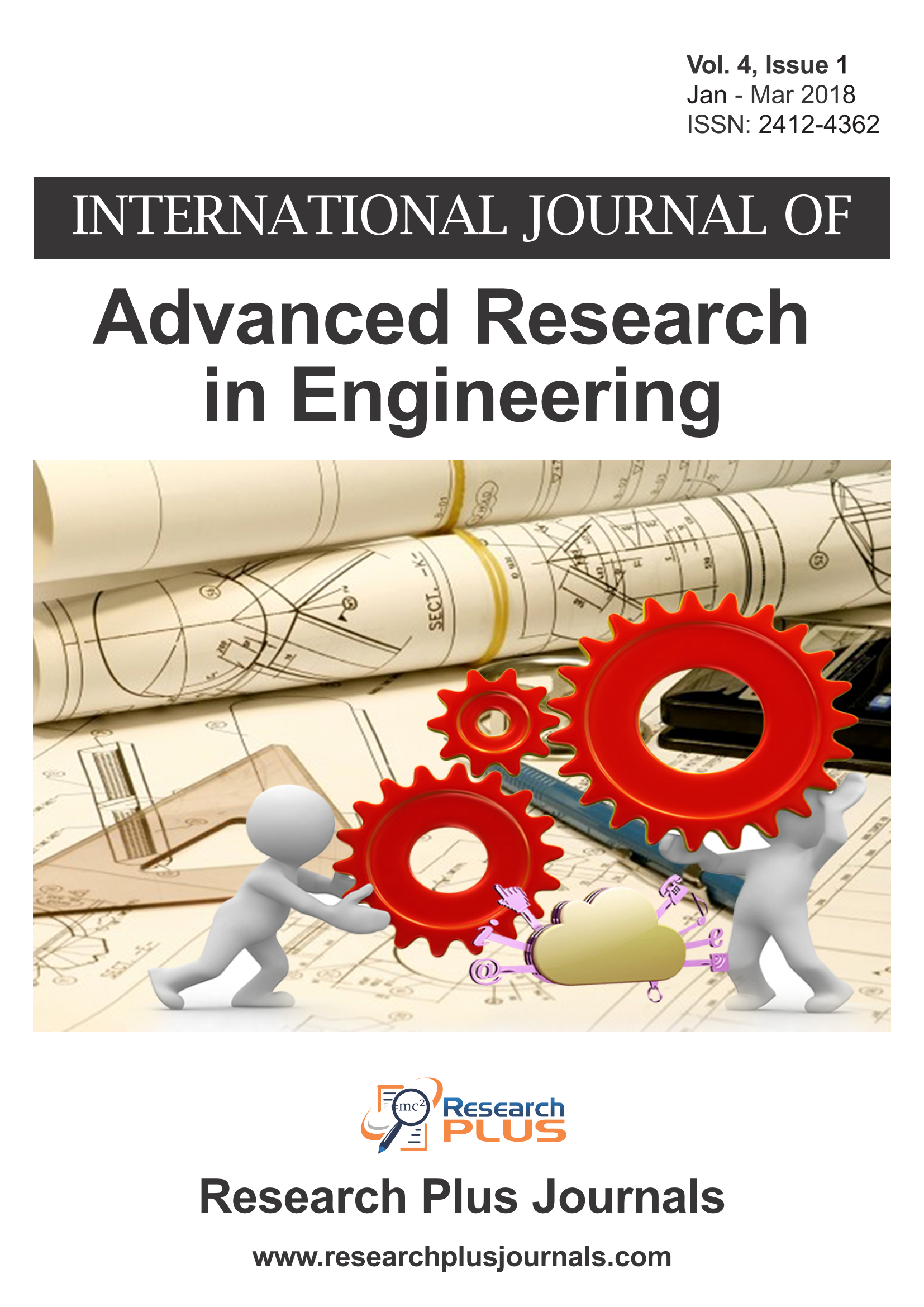Ventilation Requirements for Today's Mechanized Underground Metal Mines
Abstract
Ventilation is a basic part of all underground mine operations. The main objective of underground mine ventilation is to provide sufficient quantities of air to all the working areas. Today, in modern mechanized underground metal mines, diesel-powered mobile equipment is extensively used for high production rates. Ore can be extracted from many production stopes due to the production rate in a mine. Amount of airflow required for an underground mine depends on several factors, including daily production capacity, number of diesel equipment, ambient temperature, mining method, mining depth and airway type. After implementation of Stage IV Emission Standards for nonroad diesel engines, it is getting more complex to determine airflow quantities required for underground mines wherefore reduced diesel emissions. Required amount of airflow for a mine is obtained by ventilation fans and the largest cost aspect in mine ventilation is the power costs of running the ventilation fans which can reach as high as 50 percent of a mine’s entire electrical power cost. The cost of electrical power has increased significantly in recent years and is likely to continue increasing in the future. That is why it is getting more important to determine proper ventilation design for underground metal mines.

This work is licensed under a Creative Commons Attribution-ShareAlike 4.0 International License.
Copyright & License
All Research Plus Journals (RPJ) publish open access articles under the terms of the Creative Commons Attribution (CC BY-SA 4.0) https://creativecommons.org/licenses/by-sa/4.0/ License which permits use, distribution and reproduction in any medium, provided the original work is properly cited & ShareAlike terms followed.
Copyright on any research article in a journal published by a RPJ is retained by the author(s). Authors grant RPJ a license to publish the article and identify itself as the original publisher. Upon author(s) by giving permission to RPJ either via RPJ journal portal or other channel to publish their research work in RPJ agrees to all the terms and conditions of https://creativecommons.org/licenses/by-sa/4.0/ License and terms & condition set by RPJ.
3rd party copyright
It is the responsibility of author(s) to secure all necessary copyright permissions for the use of 3rd-party materials in their manuscript.
Disclaimer
Research Plus Journals Open Access articles posted to repositories or websites are without warranty from RPJ of any kind, either express or implied, including, but not limited to, warranties of merchantability, fitness for a particular purpose, or non-infringement. To the fullest extent permitted by law RPJ disclaims all liability for any loss or damage arising out of, or in connection, with the use of or inability to use the content.
















